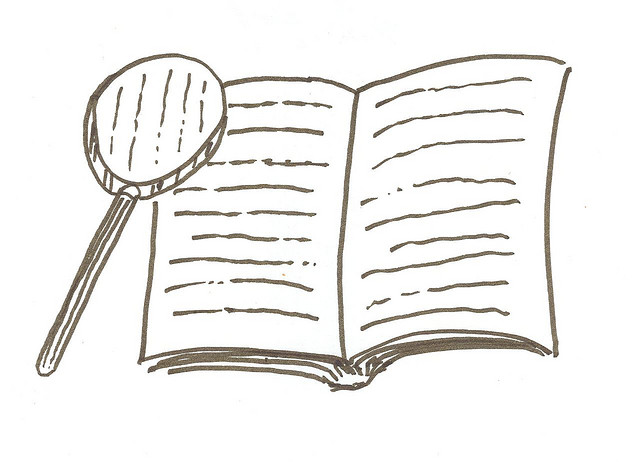 What do readers see when they look inside your book?
What do readers see when they look inside your book?
Do they get excited to buy?
After reading a few pages will they be ready to click buy?
By the time the reader has gone to the trouble of picking up your book to look inside, they are very close to buying. The book cover and title have done their job. The book description or sales page has done its job.
Now comes the final test
The reader wants to know what’s inside. They want to know what you are table of contents looks like. They want to see how the book is introduced.
Is your book ready for that?
Is your table of contents optimized to sell the reader on your book? And what about your introduction.
(To be clear: I’m not advocating for getting salesy with the highlighted text or fancy sales page arrows or anything like that).
Let’s talk about how to optimize the inside of your book to get people to buy.
The number one thing that browsers want to see when they look in your book is the table of contents. They are looking to see if the table of contents looks interesting. Does it solve their problem? Does it sound entertaining?
So the number one task with your table of contents is to make sure it does not turn readers away. It should simply confirm what the reader is already thinking – that this is the book they want.
But how do we accomplish this? The best thing you can do is use descriptive language in your chapter titles. Instead of just using the phrase Chapter 1 – Self Publishing, use Chapter 1 – The Number One Reason Why Most Self Publishers Fail.
See how that works? Now the reader feels compelled to read chapter 1 to find out why most self published authors fail. Whereas, in the first example, the reader had no compelling reason to open up chapter 1.
Your chapter descriptions should be thought of like headlines or email subjects. You don’t have to be salesy, but the phrase or question should be interesting enough to make the reader want to learn more. Use curiosity to your advantage. People are naturally curious. Tap into that curiosity by making your chapter names such that people are curious to read more.
Some authors also use sub topics in the table of contents. I do not have a preference either way. But if you choose to show subtopics, make sure they sound interesting to.
One way to think about your chapter descriptions is like they were headlines for blog posts. What would draw the reader in to reading the blog post?
If you need some examples for your particular niche or genre, browse the table of contents of popular books in your category. How do they do it? What sort of language do those authors use in their table of contents?
Getting the introduction right
In addition to the table of contents, readers often read the first few paragraphs of the introduction to your book. Avoid having a really dry or boring introduction.
The job of your introduction is to get the reader to turn the page to chapter 1 and begin the book. If you are struggling with what to say in the introduction to your book, take a look at your book description. Your book description is the place where you hook the reader into picking up your book and considering buying it. The introduction is in many ways a continuation of that hook.
For example, let’s say your hook on the book description is something like
Little known factors that affect how easy it is to read your writing
Make your introduction congruent with that hook.
Have you ever picked up a book – a book that sounded really promising – only to find you just couldn’t finish it? The hook was good. The information was helpful. But for some reason you just couldn’t bring yourself to carry on reading it? More than likely, the problem was caused by a series of little known factors that make some writing really hard to read…
Does that make sense? It doesn’t have to be a sales pitch. Your simply continuing the conversation and helping draw the reader in. Using this technique will help make it easy for shoppers to decide to buy your book!
You have written a fantastic book. Make sure that your table of contents in your introduction support the quality of your book. This way, when a reader is interested and they pick up your book to look inside, you are simply supporting their buying decision.
If you like this, would you please take a moment to share it? Thank you!
